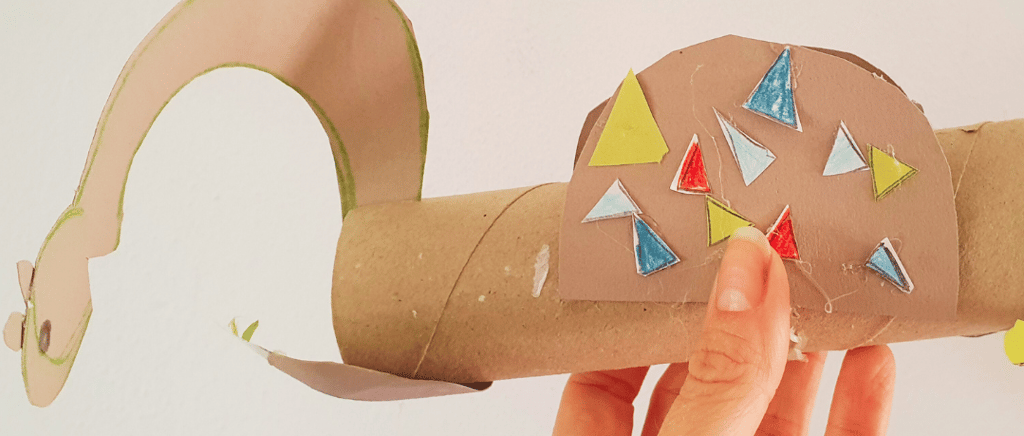How not to lose innovation - Fostering idea generation in remote teams.
With remote work becoming the new normal, companies are starting to notice a change in how innovation happens and are challenged to create a remote idea exchange environment that caters to the list of the necessities we have to make the magic happen.


Keeping innovation flowing is no easy task when spontaneity is a thing of the past between programmed online meetings of 30 minutes. Whilst one might be incredibly productive sitting at their home desk, creativity has become somewhat lonesome.
To come up with totally new thoughts is fundamental to the human USP. The whole complexity of the universe rests in our brains, our neural pathways, running like wires across our body. We are fascinating creatures that have the ability of creating new worlds and ideas literally in our sleep. Nothing, as of yet, is as creative and ingenious when it comes to creating ideas.
And whenever two or more of us come together in that process of idea generation, fireworks happen. Every time we come up with a new idea, our neural networks get activated. When we do the same thing together, our brains form a dynamic network of communication, allowing us to combine the multitude of different cognitive strengths, experiences and knowledge acquired through multiple lifetimes. Neuroimaging techniques (gotta love science) have come to show that when we come together to generate ideas, even for those who might not feel creative at all, the prefrontal cortexes get stimulated, mirror neurons go haywire. - Inspiration becomes alive across the room.
Ever yawned or smiled when someone else did? Curiously, the same thing will happen to you when you are with someone who is in the process of creation (of ideas). And the more open we are to that person, the more we resonate, the more we connect, the greater that effect and the resulting generation of ideas.
An immensely practical benefit of generating ideas in a group is the sheer speed of it. - Having different people means a greater divergence of thinking and at the same time offers the possibility to swing your ideas by someone else, in the very moment. Through the collective intelligence of the group, ideas are instantly filtered by viability using the convergence of the group. Collaboration speeds up innovation.
And when we finally find that incredibly marvelous unicorn idea? Well, our dopamine circuits are activated, making us feel motivated and recognised, making us even more creative.
There is nothing like humans for other humans and the same of course applies to generating innovation in organizations. A lot of this happens spontaneously, in a meeting room but also during the classical water cooler conversation. To be creative, we need serendipity and moments of that in which to connect. We use verbal cues and other communication elements to generate new ideas. We resonate with each other during face to face situations. We build trust by personal contact and that is required to get ideas out in the open that might at best sound nuts.
Of course, we have tools like Teams, Google Chat, Slack or Zoom that can give us a feeling of connectedness but as with all tools, one must also know how to use them and not to be fooled by them.
HP, for example, has a yearly innovation program. They live off innovation. But not just tech companies need it. To stay on top of your game, be aware of the newest trends and understand how these affect you, benefit your customers and which you might want to integrate is key to any business and ever more so in this increasingly faster world.
So, first of all, create a framework with time slots allocated for brainstorming sessions. The idea is to really allow for people to get creative and innovate.
Include “social” time in meetings. Make sure to keep up the small talk. There is so much creative value in these 10 minutes at the beginning or end of a meeting. By now, most of us are programmed to keep to the time allocated. So rather make the meetings an hour long to make space for that.
Generally encourage casual interactions and assume that those have always been an important part of work. Humans need humans and interacting with them on personal level, building connections and trust will make idea finding so much more fluid in any other setting as well.
Show that you value novelty ideas by allowing them to be shared. Leaders are crucial here. You will need to inspire the trust in your team to do so.
Make sure to keep an eye on team building activities. Those can be virtual but try to get people that work with one another physically together in one space whenever time and money allow.
This will also help to bridge the gap between those that are remote and those that are in the office so to ensure that there is a joint team spirit and no one falls off the bandwagon.
Train the team in working together remotely. For many it is still very new and they struggle with a range of complexities that range from communication to designing their office space to dealing with working in a home environment that comes with its own peculiarities. Maybe you are struggling, too. Leading a remote team certainly comes with its very own challenges.
In summary; The wheel was never intended to replace our feet, the computer was never meant to replace the brain and remote working was never thought up to last.
Welcome to our brave new world. We are facing new challenges everyday and will need every bit of human creativity to make the best use of the arising opportunities. That starts with creating and seeing them. The human mind is utterly unique and fostering a culture that values these immense capabilities of creating, communicating and connecting will bring innovation back to your business, putting you at the forefront of your industry.
Are you ready to innovate?

